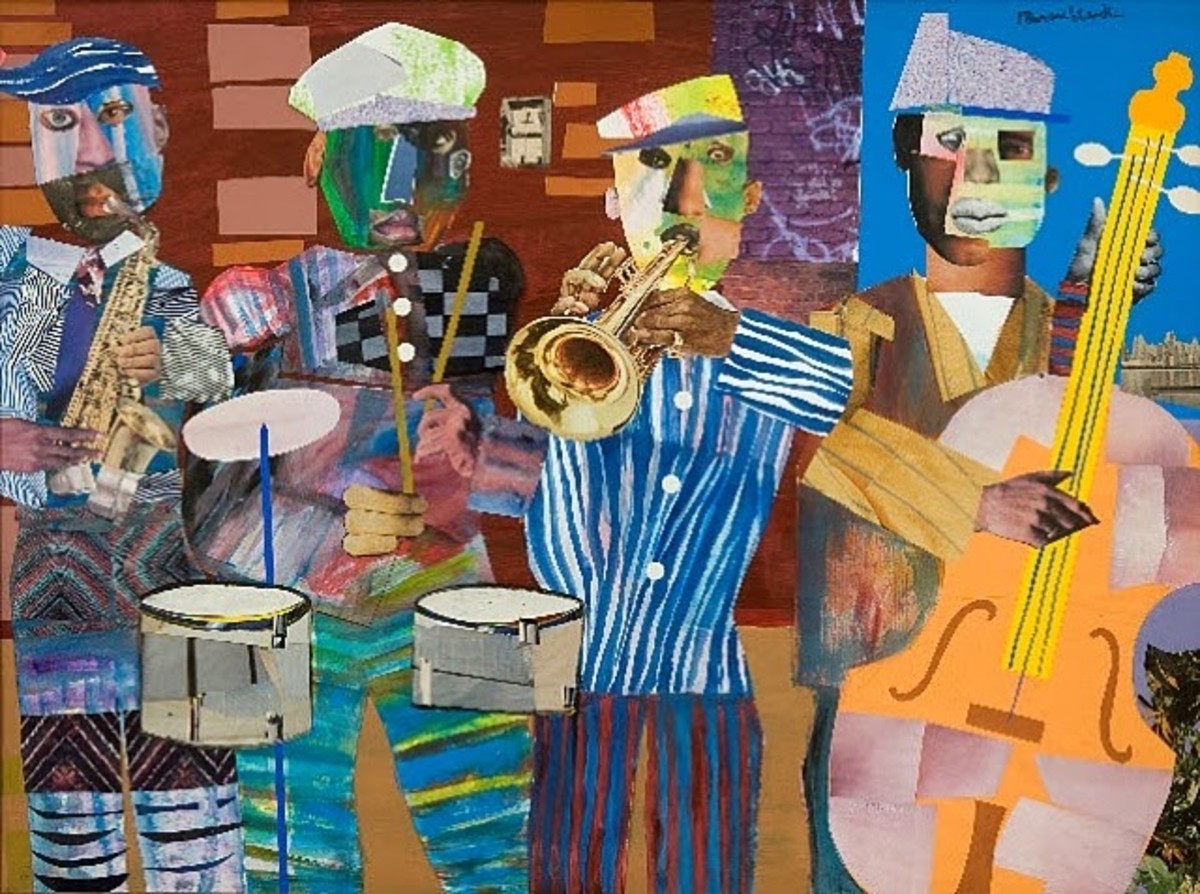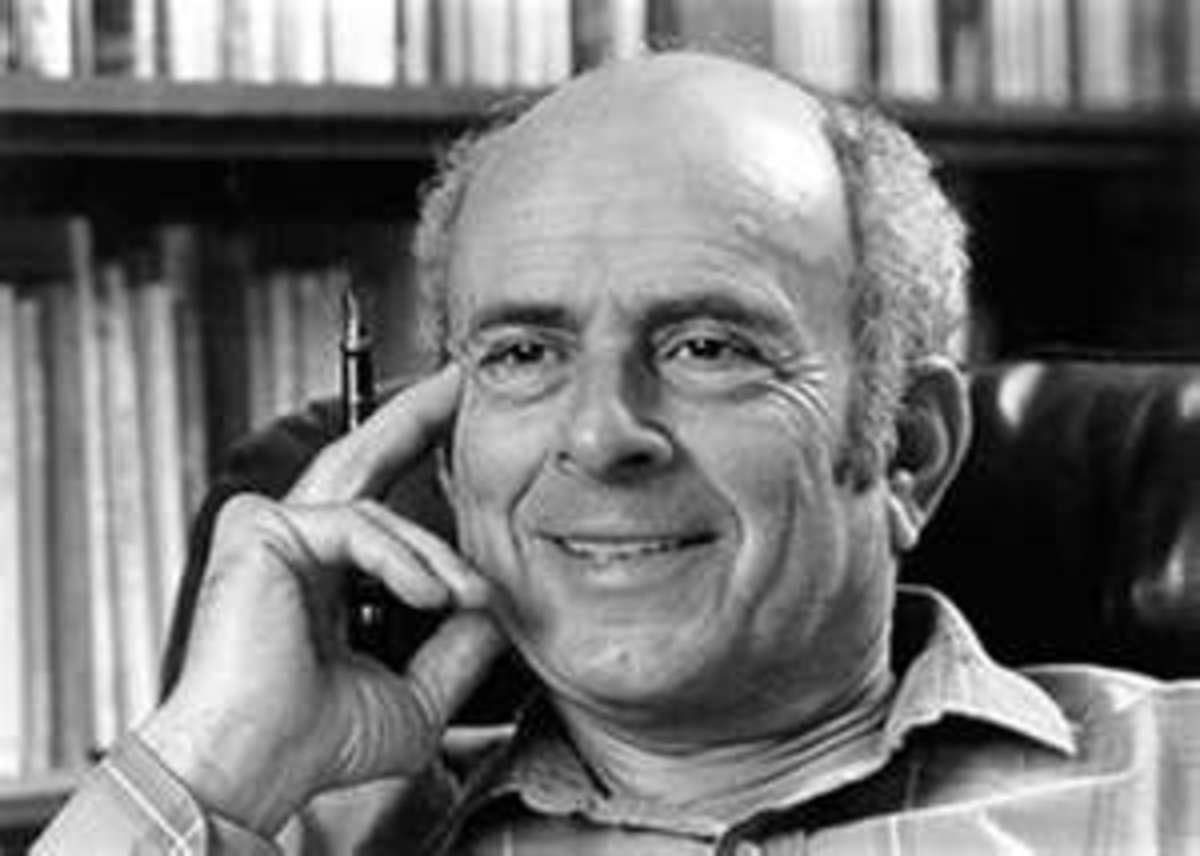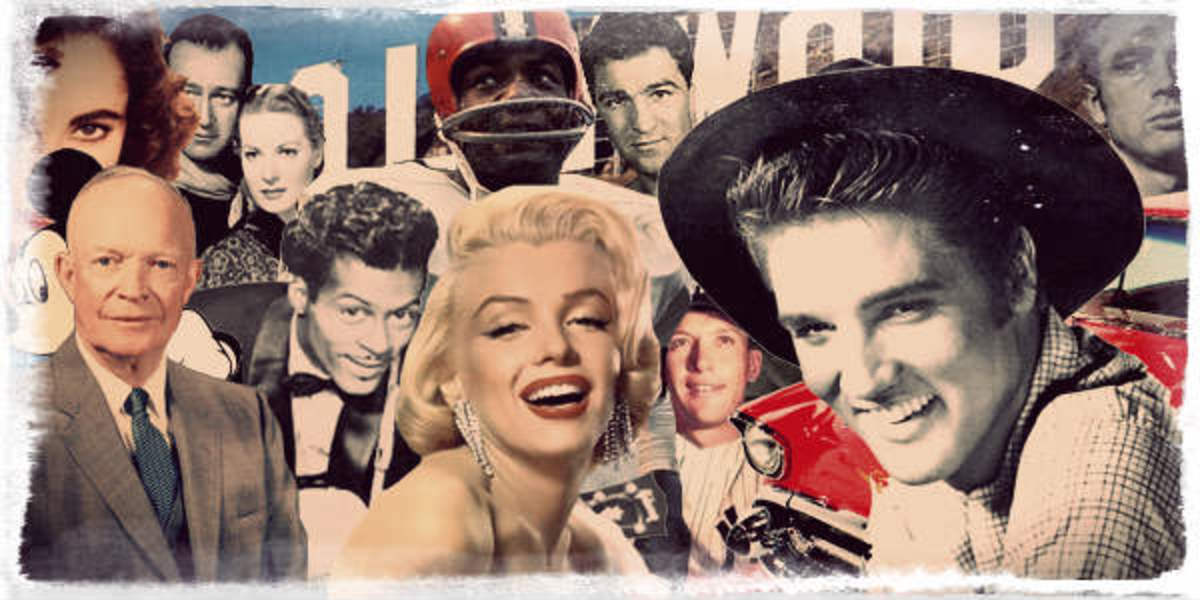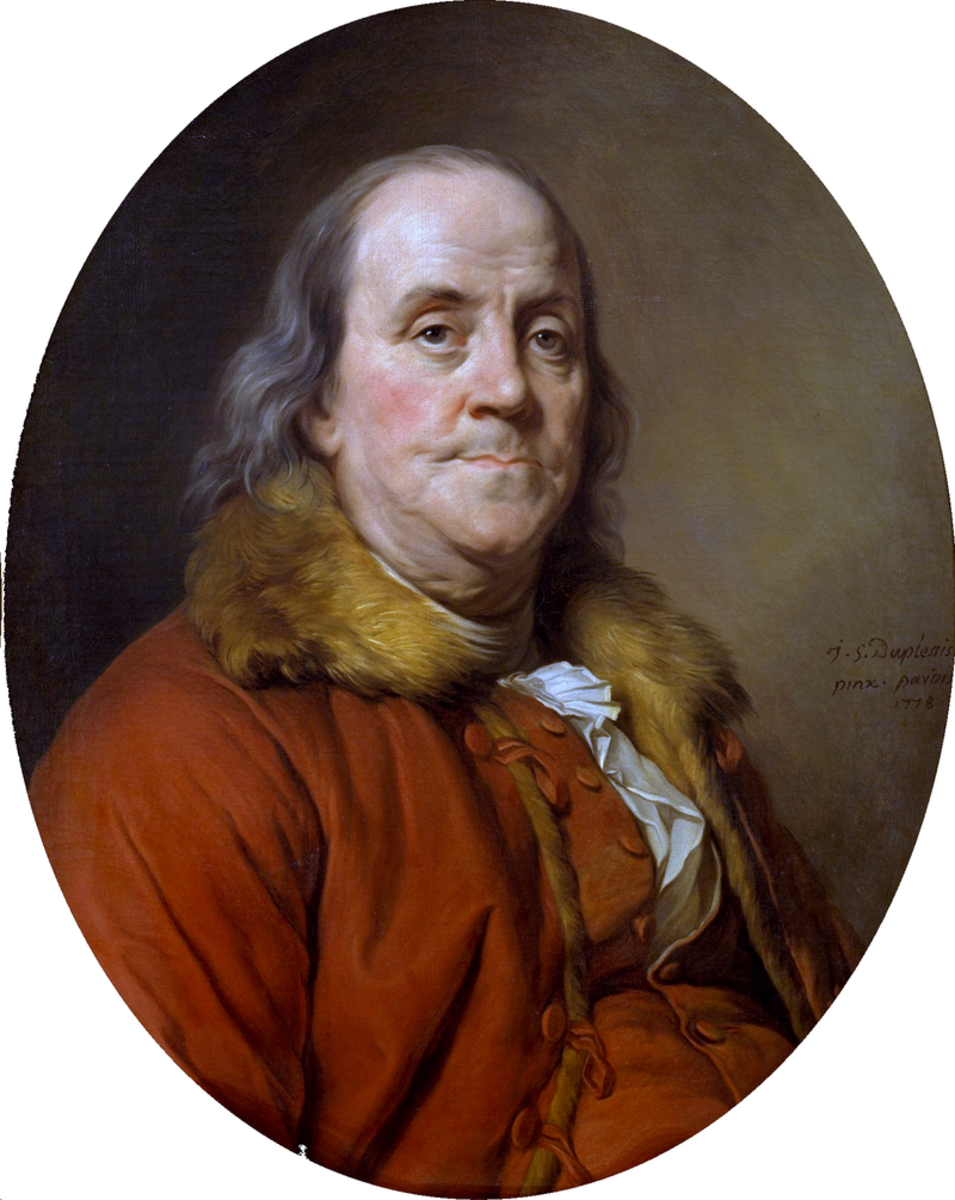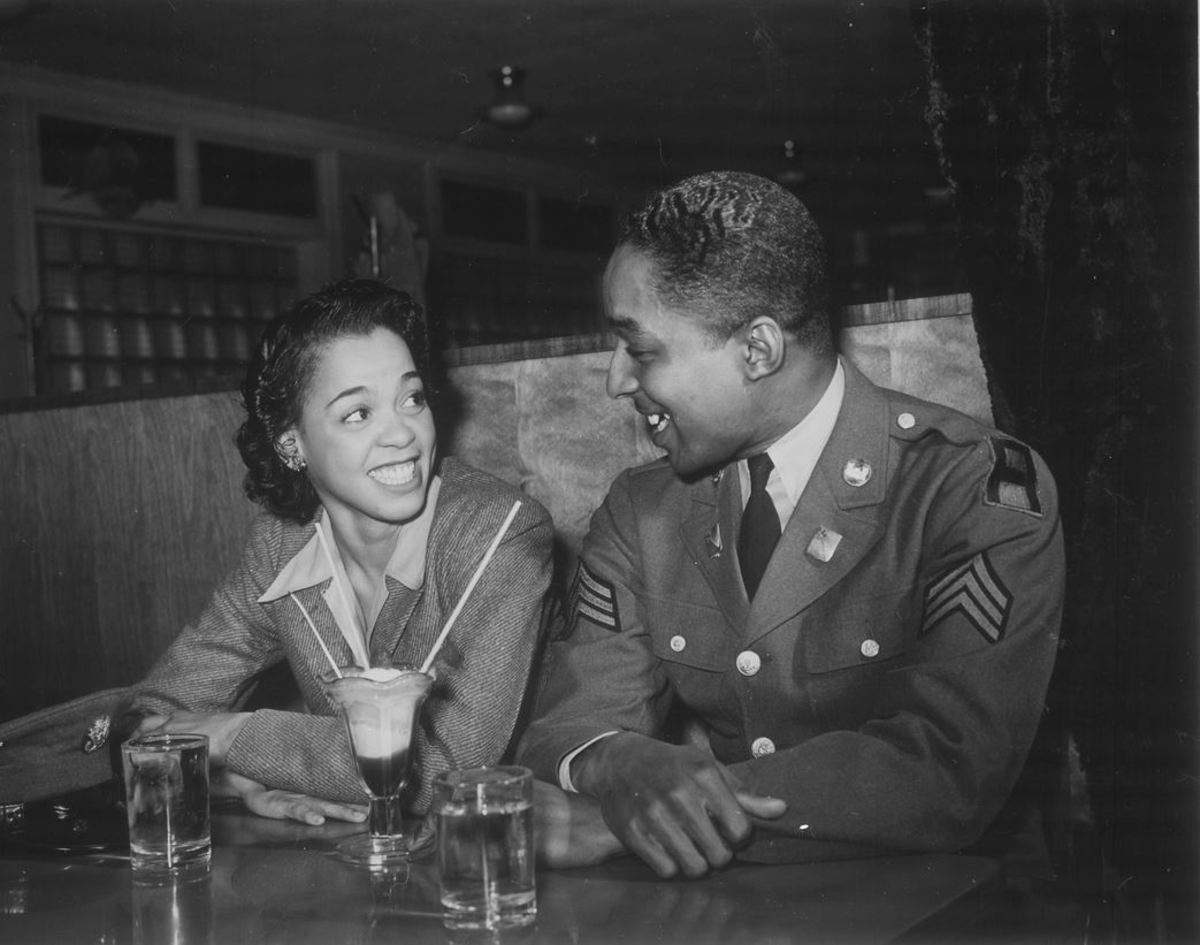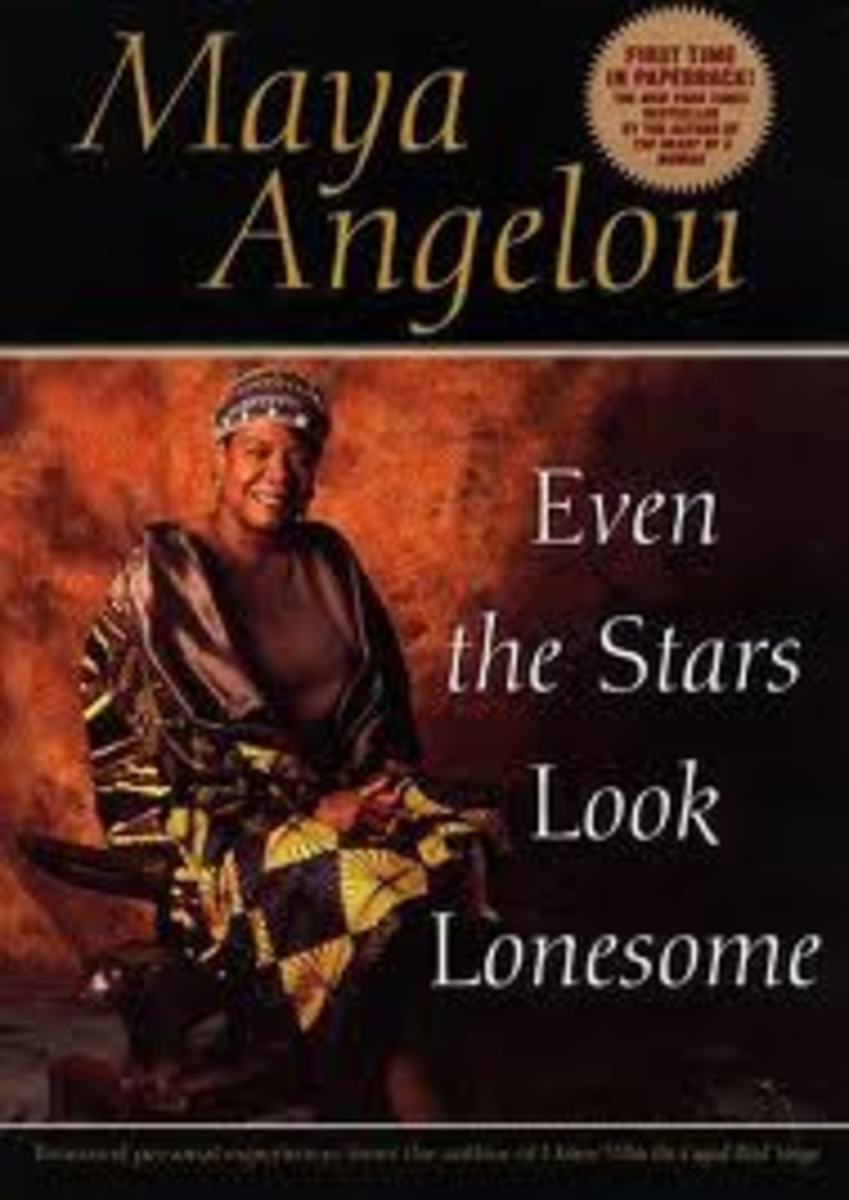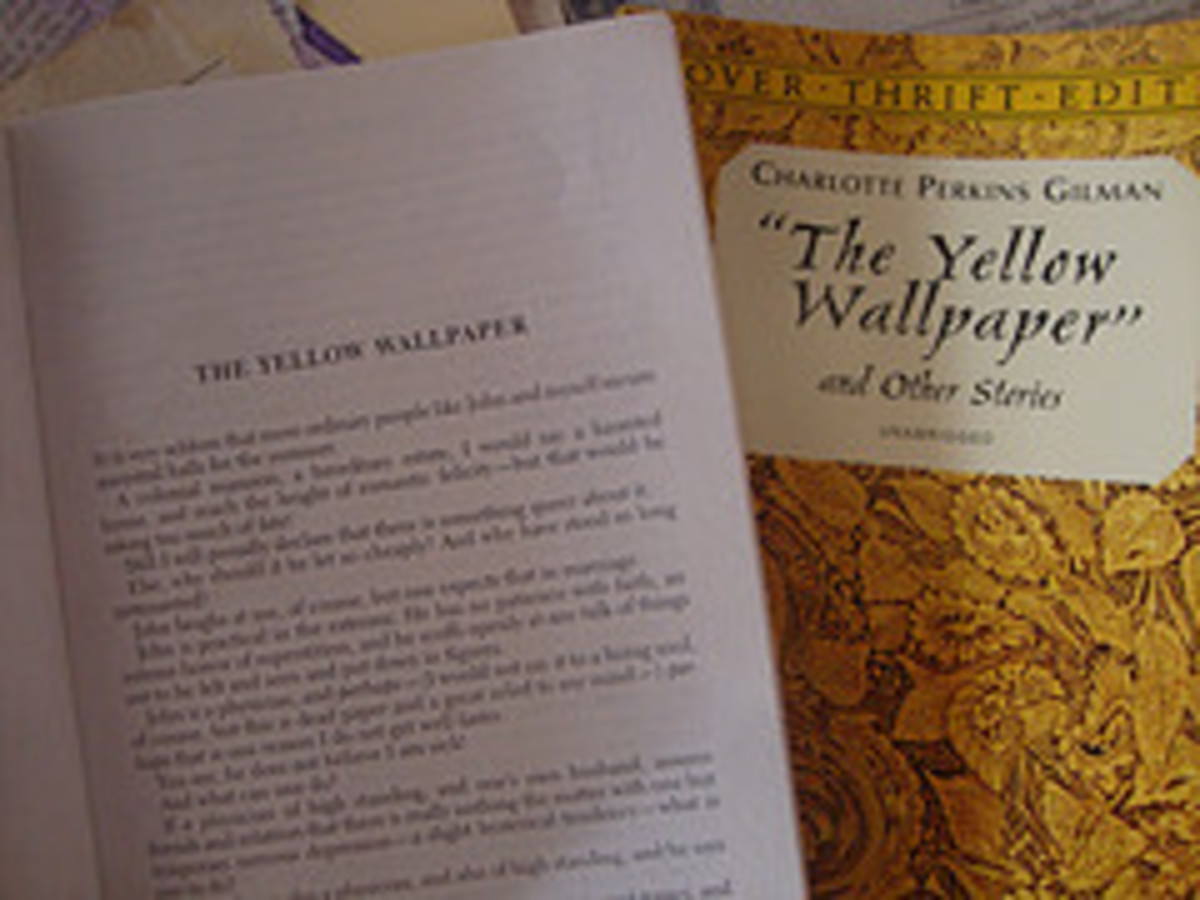Imagism: Early-20th Century Political Imagery in American Poetry
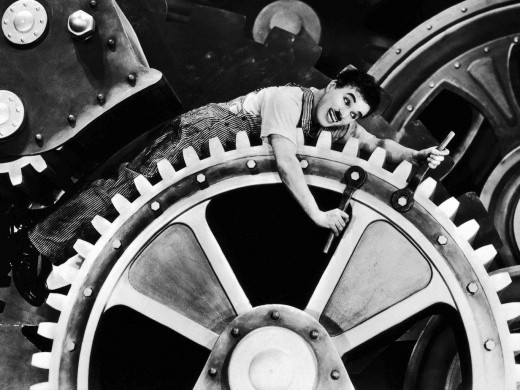
The seeds of change were planted and scattered across the United States between 1901 and 1914, up to the moments before Franz Ferdinand's assassination, which ultimately sparked the unfolding of World War I (WWI). During these years leading up to WWI, Americans bore witness to the beginning of several political transformations: Communism began threatening the American way of life, women's long fought battle for suffrage was on its way to victory, the Advancement of Colored People (NAACP) established a foothold for the Civil Rights Movement, the Ku Klux Klan (although not in full-fledged power) was on rise in the South, labor activists began fighting for workers' rights, and education for high schools and universities grew in importance and attendance (Franklin et al., pg. 1881-1893). The atoms of culture were also morphing. Fashions changed, architecture embraced verticality and efficiency (vertical space replaced horizontal space), automobiles and aircrafts began to reshape the American industry and the nation's topography, and the ethnic makeup of the population was increasingly diversified (Brewster, Jennings, 1998). In other words, the atoms of culture reflect and molded to the capitalist base of the United States.
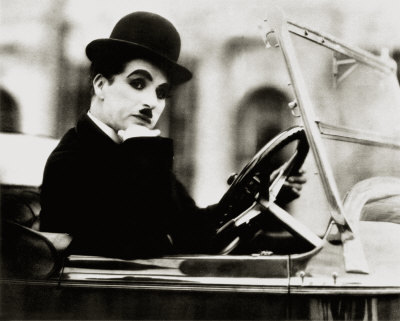
Cultural Transformations
This inevitably led to transformations in the superstructure. The ideal or 'American' way of life adhered to the small-town, white, Protestant values such as work ethic, social conformity, duty, and respectability (Franklin et al., 1883). This idealism clashed ideologically with not only the internationally minded radicals but also with the newly affluent young people who argued for more diverse, permissive, and tolerant styles of life (Franklin et al., pg. 1883). Thus, during this period leading up to WWI, many poets explored topics involving tension in the superstructure such as self-expression versus conformism, class struggle, sexuality and forbidden desires associated with the controversially of psychoanalysis, the double-consciousness of living as an African American, the repression of living as a woman, and the Otherness of not fitting in to mainstream society.
Modernism and Imagism
As a result, literature changed into a new form: modernism. Modernism was one of the many ideological responses to the capitalist hegemony of the industrializing United States and the advent of modernity. One such trend of the early avant-garde is imagism. Imagism rejected the sentimentalism of late-19th century verse in favor for more concrete imagery (Murfin, Ray., pg. 213). Ultimately, imagist poets used colloquial speech (no more bombastic wordiness of the Victorian era), create new rhythms (straying away from the traditional iambic pentameter), confronted any topics (including taboo topics that were traditionally off-limits), and focused on precise, clear, and unambiguous images (Riederer, Class Discussion).
W.C. Williams
For instance, W. C. Williams' "The Red Wheelbarrow" (1923) presents a single concrete image that exemplifies his edict about poetry, "No idea but in things": “so much depends/ upon/ a red wheel/ barrow/ glazed with rain/ water/ beside the white / chickens” (Franklin et al., pg. 2014). Notice Williams' emphasis on simple colors— red, and white— and simple images—wheelbarrow, water, and chickens. There is no mistaking Williams' connoted image. It is down-to-earth and natural—focusing on the accuracy of external details rather than internal details, which is also a major literary turn from 19th century realism, naturalism, and the 20th century psychological realist poets.
Interpreting Imagist Poetry
Even so, Williams focus on simplicity should not be mistaken for lack of substance; there are political dimensions to his seemingly innocent text. For instance, consider the implications of his first four words: “so much depends upon” (Franklin et al., pg. 2014). These are powerful words: what depends upon a wheelbarrow? Perhaps Williams is arguing the importance of having a strong agricultural economic base in the United States: “No farms, no food,” hence the imagery of rainwater, a wheelbarrow, and chickens. These images together cover humans’ primary need for sustenance: water, the crops cultivated by the farmer, and the animals tended by the shepherd. Thus, in a way, all of humanity depends upon the criteria outlined by Williams. Furthermore, his idea exemplifies the Agrarian movement during the 1920s, which stress the importance of pastoral virtues and the rural lifestyle in the face of a rapidly urbanizing world, which is increasingly become more dependent on industrialization rather than agricultural development (Murfin, Ray, pg. 8).
Base/Superstructure Model
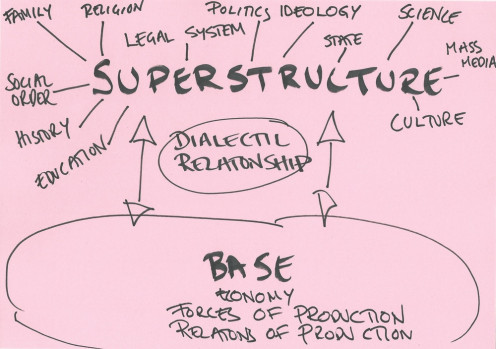
Other Imagist Poets
Imagist poetry from other authors such as Amy Lowell, Carl Sandburg, and Ezra Pound also use particular images that connect to the larger political realities of the Modern Period. Political, in this case and as stated in the introduction, is in terms of the Marxist framework characterized by the base and superstructure relationship. Thus, political realities are the major authoritative governmental decisions or events and how they affect class, gender, the individual, and society. Many of the imagist poets grapple with political images related to warfare, capitalism, and even prohibition.
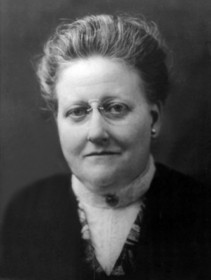
Amy Lowell
Amy Lowell’s “Patterns” (1916), for example, addresses issues involved with industrialization, capitalism, feminism, and aesthetics. She specifically uses the seasons as a vehicle for depicting the eternal cycles of human nature. Her poetry extends to include the mindless ritual of declaring war as a way for conflicting governments to settle international issues. This idea is exemplified in the final lines of the poem: “For the man who should loose me is dead,/ Fighting with the Duke in Flanders,/ In a pattern called war./ Christ! What are patterns for?” (Ferguson et al., 1142).
Carl Sandburg
Carl Sandburg’s imagist poem, “Grass” (1918), also uses natural imagery as a vehicle to explicate political consciousness in regard to warfare. His poetry, while very precise and clear, also tackles controversial and widely approached themes: death and memory. In this poem, there are many ways to interpret the line “I am the grass. Let me work.” For instance, to argue along a Jungian psychological framework, claiming that there is a collective consciousness and unconsciousness, then the entire physical world can be viewed as an expanded version of Freud’s idea of the psyche: “the mind is like an iceberg; it floats with one-seventh of its bulk above water” (Benson et al., pg. 94-97). Thus, the grass could be symbolic of the thin layer of preconsciousness that separates the ego and part of the superego, and lies between consciousness and unconsciousness. In other words, the horrors of war Sandburg alludes to are shoveled beneath our consciousness in order to help us forget. If we accept this theoretical interpretation, then the lines “I am the grass. Let me work” indicate that our preconsciousness functions as a mechanism of protection against harmful memories that could otherwise cause severe grief and doubt. The human psyche allows individuals to remember many things good and bad, but it is the human preconsciousness that throws individuals’ memories in box and slides them in into a dusty corner in the basement of their minds. In Sandburg’s poem, however, political realities are filtered through the preconsciousness (via mass media: radio, newspapers, propaganda, and even history books), allowing the good to flow through Americans’ collective consciousness and inspiring nationalism while keeping the bad locked away in the deep recesses of American memory.
Ezra Pound
Ezra Pound’s short yet concentrated imagist poem, “In a station of the Metro” (1913, 1916) is a seemingly simple poem describing the faces of various people on a rainy spring day. The poem reads as follows: “The apparition of these faces in the crowd; / Petals on a wet black bough” (Ferguson et al., pg. 1190). Clearly Pound is focusing on the theme of renewal, connoting imagery associated with spring. Even so, why are these apparitions of faces wet petals? Perhaps Pound was referring to the tensions between the Anti-Saloon league and the prohibitionists during the early 20th century. Maybe this renewal is the “noble experiment” of prohibition. Sponsors of prohibition claimed that in a nation that had chosen to be the dry beacon to the rest of the world, longstanding social, political, economic, and health problems would be solved (Goldberg, pg. 35). Thus, Pounds focus is on the rebirth of a new American community, still wet with the alcohol of yesterday, but striving to grow into something beautiful in the absence of alcohol.
Concluding Thoughts
The seeds of change during the Modern Period were sowed in the corners of every building in every household, business, family, and psyche in the United States. Socially, politically, and artistically the United States has grown tremendously, almost grotesquely, over the course of the many victories and defeats in the 20th century. The imagist movement was an intricate proponent of modernism; it captured the fragments of everyday living, which when viewed as a collection, help readers piece together a coherent picture of the political realities of the early 20th century. If the typical modernist poet was showing how fragmented society was in the early 20th century in his or her verse, then the imagist poet was simultaneously picking up those fragments of society and observing them piece by piece and recording them in his or her verse.

Find these on Amazon!
References
Benson et al., (2012). The psychology book. New York, NY: DK Publishing.
Brewster, T., Jennings, P. (1998) The century. New York, NY: Bantam Doubleday Dell Publishing Group, Inc.
Ferguson, M., Salter, M. J., & Stallworthy, J. (Eds.). (2005). The Norton anthology of poetry (5th ed.). New York, NY: W. W. Norton & Company.
Franklin et al. (2008). The norton anthology of american literature. New York, NY: W. W. Norton & Company.
Goldberg, R. (1996). Grassroots resistance: Social movements in twentieth century America. Prospect Heights, IL: Waveland Press, Inc.
Murfin R., Ray S. (2003). The bedford glossary of critical and literary terms. Boston, MA: Bedford/St. Martin’s.





